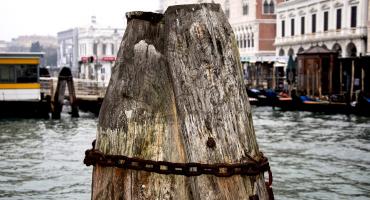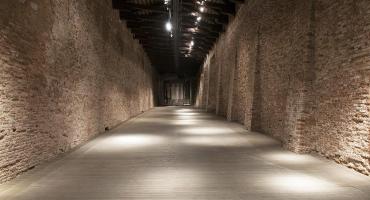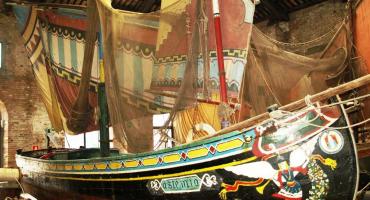The Republic of the Serenissima had enacted a series of laws to regulate fishing activities, as it was one of the main activities in Venice. The regulations covered not only the fishing activity itself but also the equipment used.
The size and width of the net meshes were established by decrees that determined their use, locations, and times of employment. In the past, men and their women used to weave the nets by hand, using hemp for the larger nets and linen for the finer ones. Today, this meticulous manual work has been replaced by machines, and synthetic fibers have supplanted linen and hemp.
This has given rise to various types of nets, such as trawl nets, serraglie, and free nets, differentiated according to the type of fishing and the waters in which they are used. The ‘Paranzelle’ are the largest trawl nets in the lagoon. Among the trawl nets, there is a smaller net called ‘tartanella,’ which is held to the seabed by about twenty small weights.
The fisherman was often the sole breadwinner of the family, so great attention was paid to his health. Exorcisms, ritual festivals with origins dating back to early Christianity, and the willingness to participate in beautifying parish churches stemmed from this situation. This is also why survivors of shipwrecks or storms were required to thank the Lord by commissioning paintings of the scene. The boats were always adorned with images of the Madonna of Marina, Christ of St. Dominic, or two angels, as these were considered to provide divine protection.



